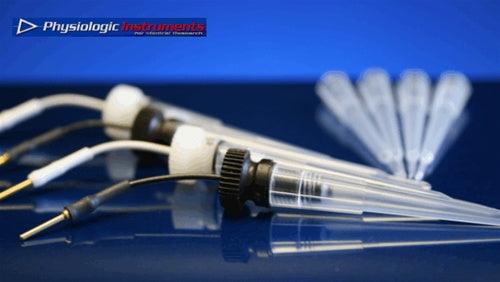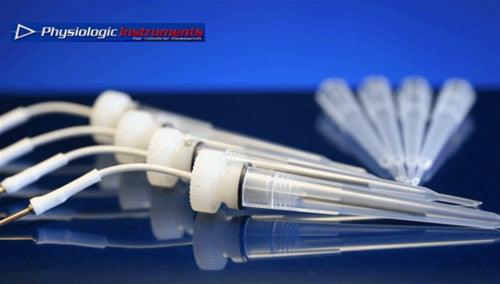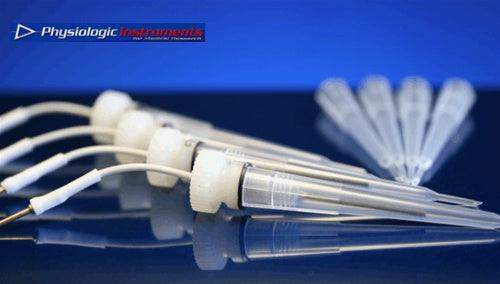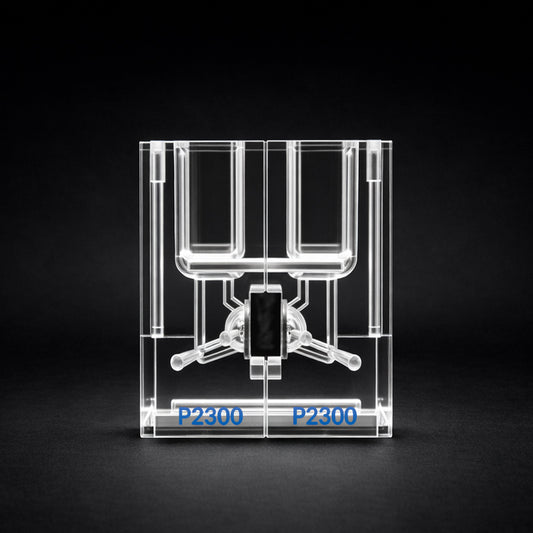Physiologic Instruments provides optional installation and training services for customers who purchase our EasyMount Ussing chamber systems, with notable benefits that enhance ease of use and system performance. While this service is highly advantageous, it is not required for all customers.
Our installation and training are tailored to each customer’s needs, considering both their experience level and the specific requirements of their laboratory space. Every lab environment presents unique challenges, so equipment installation is customized to integrate seamlessly into the designated workspace and accommodate the personnel who will be using it. Similarly, training is adapted to align with the expertise of the end users.
The installation service ensures the Ussing chamber and voltage/current clamp system are correctly set up and maintain factory calibration. The process is optimized to meet both the laboratory’s facilities and the intended types of research studies. Generally, installation and setup take approximately four hours, though this may vary depending on the laboratory’s resources. Training typically requires one and a half to two days. To ensure readiness, we provide a comprehensive guide two to three weeks in advance, detailing required protocols, chemicals, and equipment for the training session. For optimal results, we recommend limiting trainees to no more than three individuals, ideally focusing on one primary trainee who can later train additional team members. Training encompasses the Ussing chamber technique for studying transepithelial ion or solute transport, covering in-depth instruction on equipment usage, data acquisition software, experimental fundamentals, troubleshooting techniques, and workflow optimizations.

Training requires one and a half to two days. Two to three weeks prior to training we will provide a detailed guide explaining the protocols and all necessary chemicals and equipment needed for a successful two day session. It is best to limit the number of trainees to no more than 3 people. We find it best to focus training on one person so that he/she will be able to train others in the lab. Training will be on use of the Ussing chamber technique for studying transepithelial ion or other solute transport. It will include detailed instruction on use of the equipment and data acquisition software, the basics of doing the experiments, trouble-shooting methods and shortcuts to make using the system easy to use.
Day 1 Overview:
Day 2 Overview:







